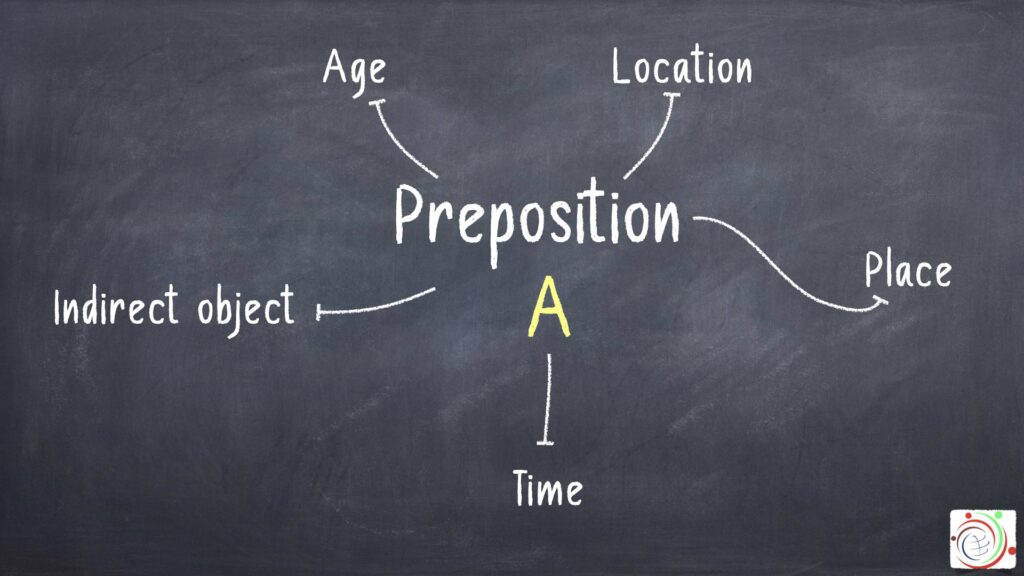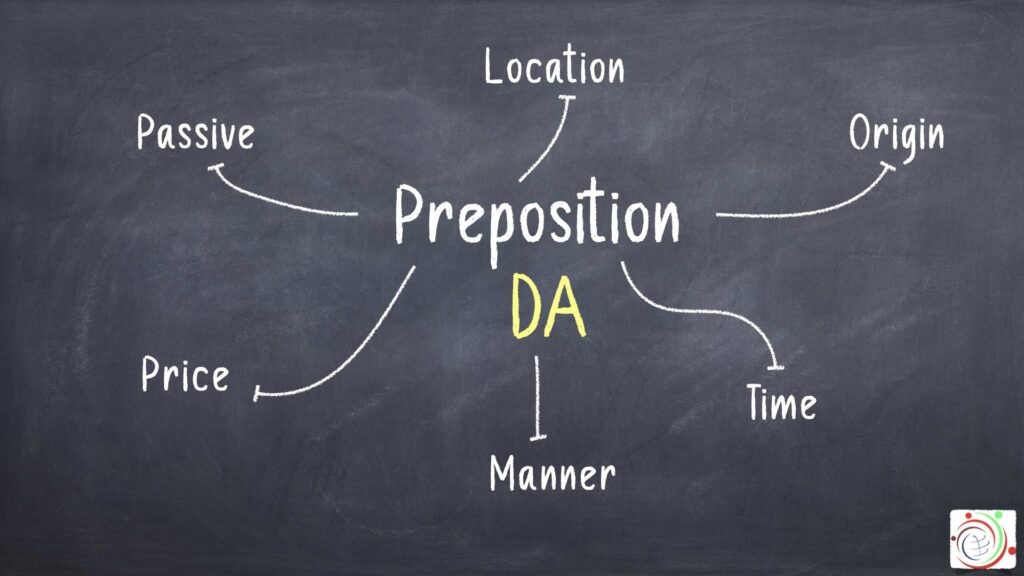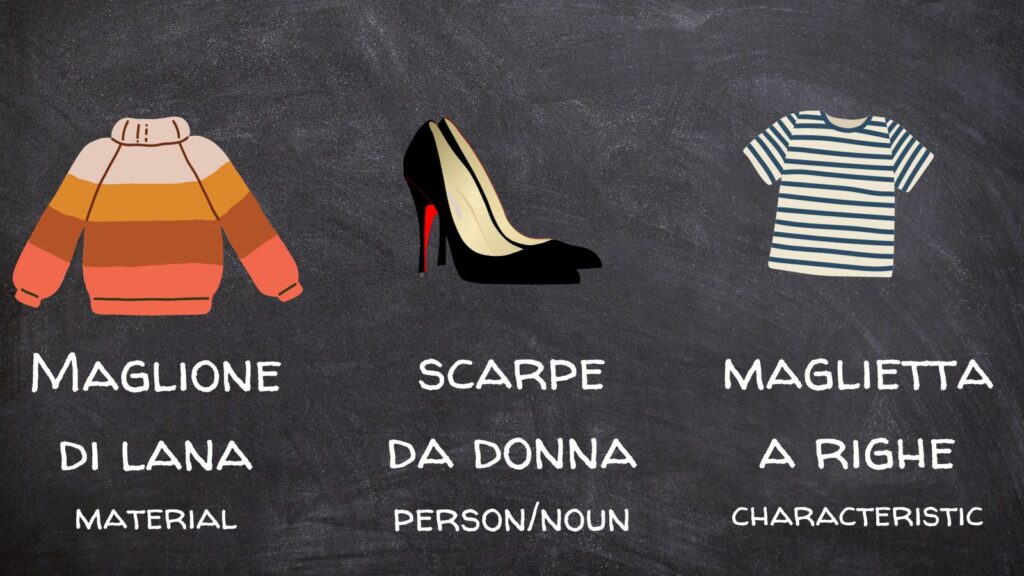Prepositions are amazing tiny words that help us make sense of phrases: where we’re going, who we’re going with, where we are in space.
Do you find prepositions Di – A – Da confusing, particularly because they have various meanings in different contexts?
If used correctly, very common simple propositions Di – A – Da immediately lift the standard of your Italian to a higher level. This page will help you get your prepositions constructions right and improve your style by using them more correctly.
Because there are no straightforward rules defining prepositions in Italian, the best approach to grasp them is learning while you practise as you go for example reading and listening or practising a lot in activities and exercises.
First of all, there are three types of Italian prepositions:
- Preposizioni semplici (Simple prepositions) are relatively short and, in most situations, can be combined with an article to make an articulated form.
- Preposizioni articolate (Articulated prepositions) in Italian: a basic preposition + an article.
- Preposizioni improprie (Improper prepositions): they have more than one syllable and cannot be combined with an article.
On this page, we’ll consider just very common simple prepositions DI, A DA, the prepositions that aren’t followed by articles.

Preposition DI
(of)
Di typically expresses
| possession | Questa è la giacca di Maria | This is Mattia’s jacket |
| time | Di sera faccio spesso una passeggiata | In the evening I often for a week |
| cause | Muoio di fame | I’m starving |
| age | E’ un bambino di tre anni | He’s a three-year-old child |
| a topic/theme | Amo i libri di avventure | I love adventure books |
| a material | Un foglio di carta | A sheet of paper |

Preposition A
(at, to)
A typically expresses
| location (in/at/to) | Andiamo a Roma | We’re going to Rome |
| age | A 18 anni vado all’estero a lavorare | At 18 I’ll go to work abroad |
| time | Mangiamo a mezzogiorno | We eat at noon |
| an indirect object (to) | Regalo i fiori a Laura | I give flowers to Laura |
| to be in a place | Rimango a casa | I stay at home |

Preposition DA
(from, at)
Da typically expresses
| location (to/at/from) | Vado da mia sorella ogni settimana | I go to my sister’s every week |
| origin place | James viene da Londra | James comes from London |
| time (since/for) | Viviamo in Italia da tre anni | We’ve been living in Italy for 3 years |
| Lavoro qui da Aprile | I’ve been working here since April | |
| manner | Mario si comporta da stupido | Mario behaves in a stupid way |
| price (of/for) | Vorrei un gelato da 2 euro | I’d like ice cream for 2 euros |
| the passive (by) | il cioccolato è amato da tutti | Chocolate is loved by everybody |
Distinctions between the Italian prepositions di da and a
- da + noun
- di + material
- a + characteristic

More examples:
- occhiali da sole (sunglasses)
- scarpe da ginnastica (gym shoes)
- sciarpa di lana (wool scarf)
- fogli di carta (sheets of paper)
- camicia a fiori (flowered shirt)
- giacca a quadri (checked jacket)
These simple prepositions may appear easy, but learning their use is important for developing meaningful and accurate sentences in Italian. Whether you’re planning a trip to Italy, improving your language skills, or simply attracted by linguistic difficulties “Di,” “A,” and “Da” are essential tools in your linguistic toolbox.
What’s next?
You might want to keep learning Italian online with these free resources:










Leave a Reply